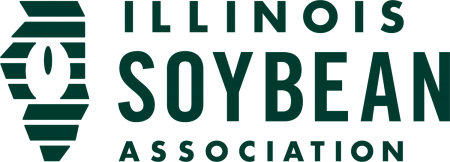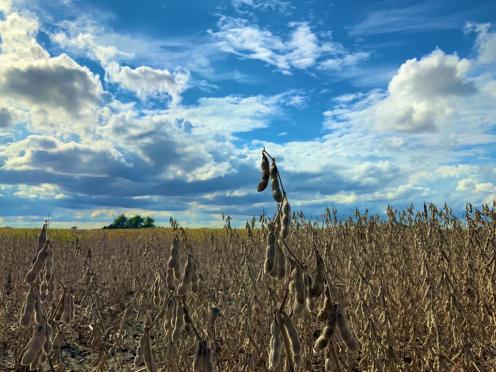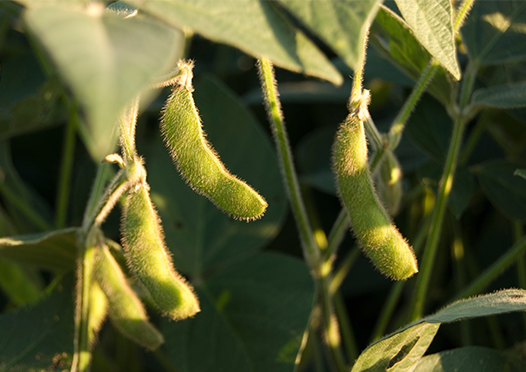The Natural Resources Conservation Service (NRCS) has announced deadlines for several program applications in early 2022.
Environmental Quality Incentives Program (EQIP) - Agricultural and Forestland
EQIP is one opportunity for assistance through NRCS for agricultural and forestland producers to address natural resource concerns. With EQIP, producers have succewssfully addressed natural resource issues on their farms. Some EQIP... Read More →
ILSOYADVISOR POST
WEBINAR: Habits of Financially Resilient Farms
January 18, 2018
Gary Schnitkey, Ph.D., explains the seven habits of financially resilient farmers. He will also discuss the importance of monitoring cash flow and assessing risk management.
Key takeaways:
- Topics
- Evaluate farms by high and low profitability
- Survey high-profit farms
- Seven habits of financially resilient farmers
- Seven Habits
- Innovative but not on the bleeding edge of technology
- Always evaluating new technologies
- Return on investment is an important evaluation criteria
- Cost control is paramount
- Production is maintained at high levels
- The right expertise is brought to the farms
- Non-timing price opportunities are sought
- Performance Groups
- Central and Northern IL Counties
- Champaign, Ford, McLean, Piatt
- Dekalb, LaSalle, Lee, Ogle
- Southern Illinois
- Two time periods
- High/rising returns: 2010 to 2012
- Low/declining returns: 2014 to 2016
- Define performance groups over 3-year horizon
- Top 1/3 of returns
- Mid 1/3 of returns
- Low 1/3 of returns
- Central and Northern IL Counties
- Main cost factors
- Direct
- Seed, fertilizer, pesticide, drying and storage
- Power
- Machinery depreciation, hire, repair, fuel and oil utilities, light vehicle
- Overhead
- Hired labor, building, insurance, misc., non-land interest
- Direct
- Other characteristics
- Farm size
- High return group operate more acres
- 100 to 200-acre difference across groups
- Soil productivity not different across groups
- Close to 50/50 corn/soy rotation
- Farm size
- Take aways
- Some farms outperform their peers consistently over time
- These farms tend to have higher revenues and lower costs
- Revenues accounted for larger share of difference during high return period
- Costs accounts for larger share of difference during lower return period
- Focused on operator and farmland returns
- Do land costs tend to wash out these differences?
- No – farms identified in higher return groups tended to have lower land costs, pay average or lower cash rents as well
- Follow-up survey with producers
- Face to face survey containing 56 questions with producers in central and east central Illinois (9 farms)
- Most questions relate to the 2016 growing season
- Survey includes questions to get at type of production and managerial practices
- Goal of identifying common practices among the more profitable producers
- General areas addressed
- Size (acres) and labor force
- Tillage practices
- Planting practices
- Growing season practices
- Harvesting practices
- Managerial practices
- Attitudinal
- General areas addressed
- Takeaways from follow-up survey
- Generally typical production practices regarding tillage and rotation
- Create additional value
- Movement toward earlier planting of soybeans
- Seeing rates reduced, all using some type of seed treatments
- Seed selection mainly based on yield potential, herbicide use and disease resistance as compared to cost of seed
- Used typical marketing and risk management strategies
- Used newer technologies and production practices (seed treatments, draper heads, narrower rows, fungicides) but not on bleeding edge
- Attention to detail and cost control very important to financial success





Comments
Add new comment